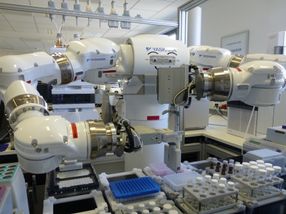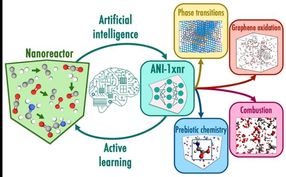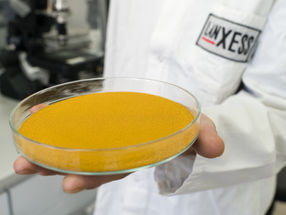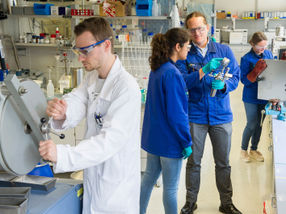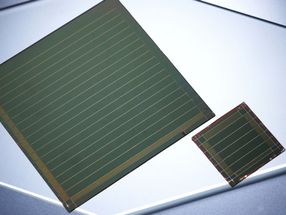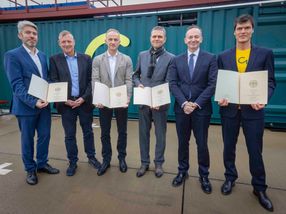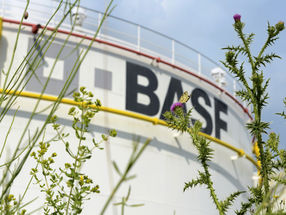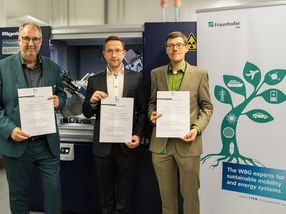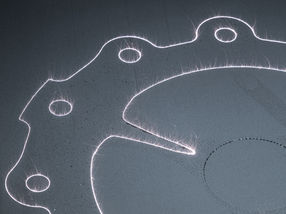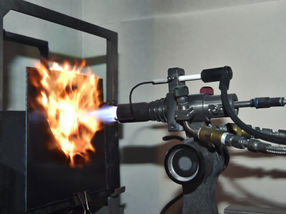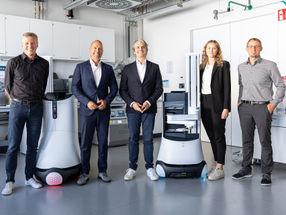Clean power from waste heat
Siemens has developed a technology to use waste heat, which previously had gone unused, to generate electricity. The solution employs silicone oils, which have a lower enthalpy of vaporization than
Siemens has developed a technology to use waste heat, which previously had gone unused, to generate electricity. The solution employs silicone oils, which have a lower enthalpy of vaporization than water, and is needed because waste heat produced in industrial plants or power stations often does not have enough energy to drive a turbine with steam. Siemens recently introduced its "Organic Rankine Cycle" module. Under this solution, the working medium drives a turbine, and then cools and reverts to its initial liquid state. Thus, electricity can be generated without the additional use of energy or raw materials, and without producing additional carbon dioxide emissions.
Conventional power plants usually convert only about 50 percent of fuel energy into electricity, and most of the waste heat is released through a cooling tower. A great deal of waste heat is produced in other industries as well, such as chemicals, glass-making, paper-making and steel production to name just a few examples. It is used often to pre-heat other substances or, if that is not possible and if the waste heat is not hot enough to drive a conventional steam turbine, the valuable energy is wasted.
Using silicone oils, Siemens engineers have succeeded in converting this energy into electricity. These oils have a much lower enthalpy of vaporization than water, and can be used to generate electricity from waste heat of only about 300 degrees.
Most read news
Other news from the department research and development

Get the chemical industry in your inbox
From now on, don't miss a thing: Our newsletter for the chemical industry, analytics, lab technology and process engineering brings you up to date every Tuesday and Thursday. The latest industry news, product highlights and innovations - compact and easy to understand in your inbox. Researched by us so you don't have to.

